How the Fed flunked its forecasts
The Federal Reserve can't predict interest rates to save its life

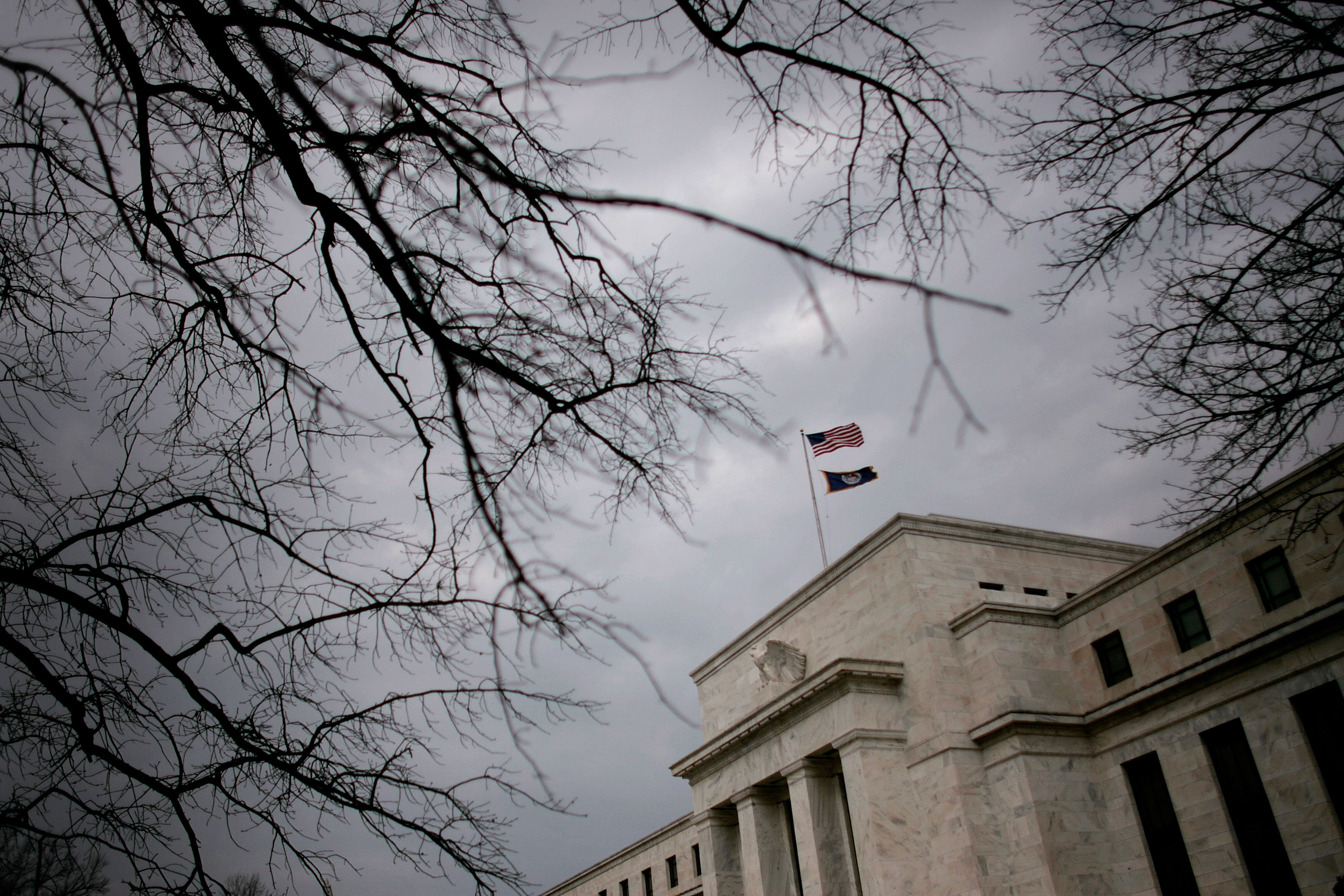
Tomorrow afternoon, the Federal Reserve concludes its latest semi-regular meeting to set the course of monetary policy. But this meeting will be a bit different.
As usual, the small group of voting officials at the Fed will have to decide where to set interest rates. But they also have something much more unusual to do deal with.
The Fed has always held a portfolio of financial assets, mostly U.S. treasuries, to help it manage short-term interest rates. But after the Great Recession, the Fed massively expanded that portfolio — from U.S. treasuries into mortgage-backed securities and the like — to shore up the financial system, put a floor under the recession, and try to stimulate the economy. As a result, its portfolio exploded from a little under $1 trillion to roughly $4.5 trillion.
The Week
Escape your echo chamber. Get the facts behind the news, plus analysis from multiple perspectives.

Sign up for The Week's Free Newsletters
From our morning news briefing to a weekly Good News Newsletter, get the best of The Week delivered directly to your inbox.
From our morning news briefing to a weekly Good News Newsletter, get the best of The Week delivered directly to your inbox.
Now, the Fed wants to wind that portfolio down, and has to decide how to proceed.
By all accounts, the Fed intends to proceed cautiously. But will it be cautious enough?
Because if you look at recent history, even the relatively dovish Fed we've had under Fed Chairs Ben Bernanke and now Janet Yellen has spent its time consistently convinced a better, stronger economy is about to emerge. Yet it always winds up disappointed.
Let's start with interest rates. After dropping them to zero during the 2008 crisis, the Fed finally began nudging them up again at the end of 2015. They've since raised rates four times, in increments of 0.25 percentage points. That's brought the current target to a range of 1-to-1.25 percent. Most observers expect the Fed to hold fast at the moment. But Fed officials also have two more chances to announce another hike this year, and they're widely expected to take advantage of at least one of them. On top of that, expectations for two or three hikes in 2018 remain.
A free daily email with the biggest news stories of the day – and the best features from TheWeek.com
We'll know more tomorrow afternoon, when the Fed concludes its meeting. At that point, they'll release what's come to be known as the "dot plot."
It's a chart that lays out where each Fed voting official thinks interest rates should go this year, next year, two years from now, and in the long run.
Here, for example, is the dot plot from June of this year. Time is represented on the horizontal axis, and interest rates on the vertical axis. Each dot represents where one voting official thinks interest rates will land during that time frame.
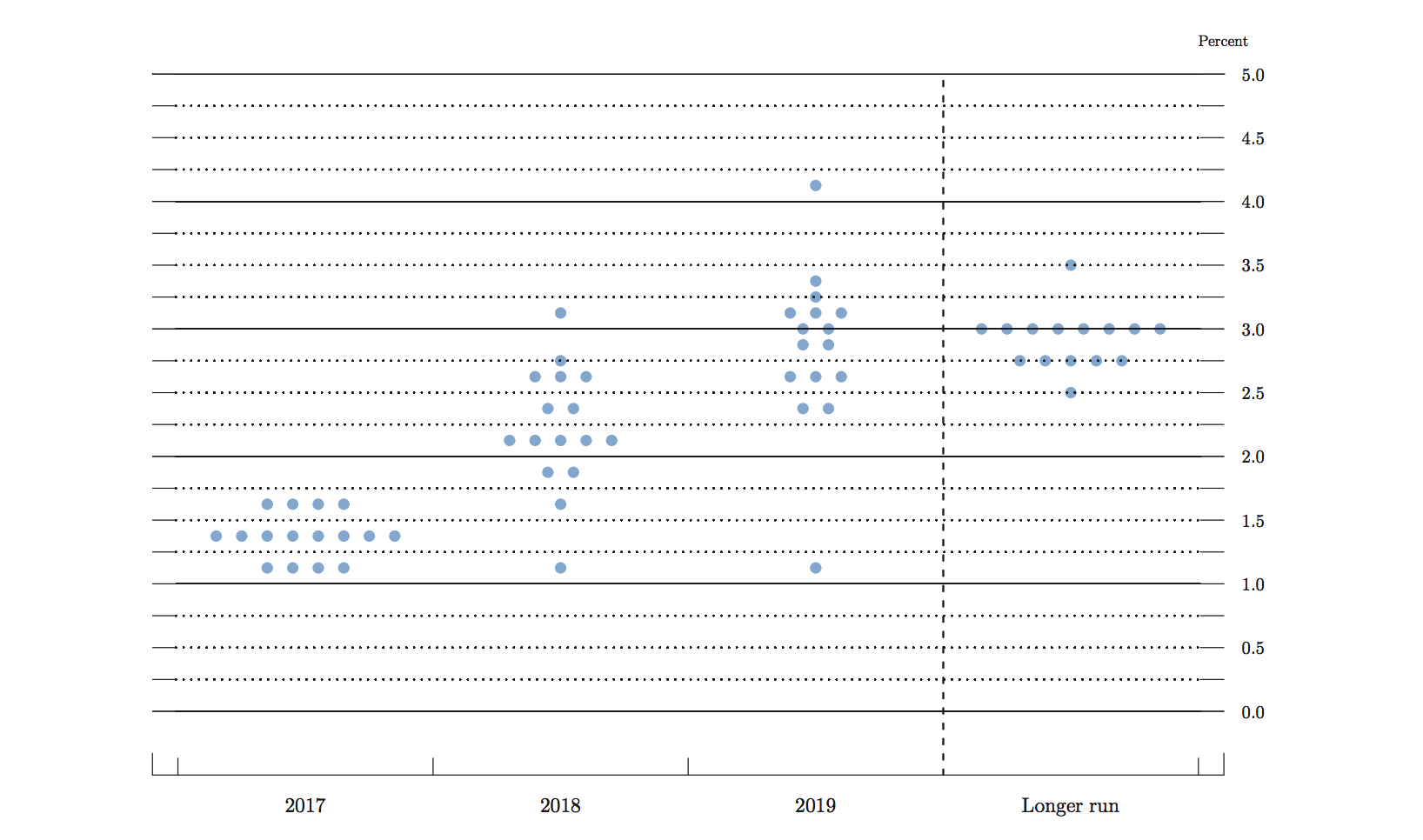
You can look at how the dots cluster to see where the Fed is likely to take interest rates, and how much disagreement there is among the voting officials. (Most everyone agrees where 2017 will take us. But the spread of dots gets way bigger in 2018 and especially in 2019.)
But the history of the dot plots is just as interesting.
In June of 2015, for example, most Fed officials anticipated that interest rates in 2017 would be somewhere between 2.5 percent and 3.75 percent. So much for that idea. By June of 2016, the 2017 projections were down to around 1.5 percent, which is a lot closer to where they wound up.
It's the same thing if you go further back in time: In June of 2014, the Fed was anticipating that interest rates this year would be between 2 percent and 3 percent, when in fact they haven't risen above 1 percent.
If you go through all the other dot plots, it's the same story. In fact, from 2014 to 2017, you can watch the long-run interest rate anticipated by Fed officials slowly fall from around 4 percent to 3 percent or lower. The Fed has consistently anticipated that the next three years will bring a stronger economy — thus higher inflation, and a need for higher interest rates — than actually transpires.
This brings us to that aforementioned portfolio wind-down.
While there are some fears the action could spark panic in the financial markets, that seems unlikely. The Fed isn't going to sell its assets back to the market, which could cause a supply shock. Instead, it's just going to allow its assets, particularly treasuries and bonds, to slowly mature in batches. Then, it will simply demure from reinvesting the money it earns on its portfolio into new assets. (Instead, the proceeds will most likely remit to the Treasury Department.)
It's expected that the Fed will announce the start of this process. It's also expected that the process will happen very gradually: a reduction of $300 billion or so in the first year, then another $500 billion in the second. There's also pretty widespread agreement that the Fed's portfolio should just be bigger permanently from now on, so it sounds like they'll reduce it to $3 trillion and then stop there.
As Philadelphia Reserve Bank President Patrick Harker put it, the goal is to make the process as dramatic as "watching paint dry."
But it still begs the question, why reduce the portfolio at all? Presumably, the worry is that continuing to roll over the proceeds of its portfolio into new assets, thus keeping the portfolio at its same size, places some amount of inflationary pressure on the economy. Yet that inflation is nowhere to be seen. The Fed's preferred measure of inflation has touched the 2 percent target once or twice since the 2008 collapse, but that's it. It's currently sputtering at 1.4 percent.
Going back to the dot plots, the Fed just seems in denial about how badly conventional economic assumptions and models failed to anticipate the economy's behavior in the aftermath of 2008.
They're hardly the only ones. The Congressional Budget Office, for example, has wrongly projected a takeoff in interest rates every year since 2010. Back then, they thought rates would rise and eventually plateau at 5.6 percent by 2017. By 2016, they were anticipating a plateau at 4 percent by 2020. Meanwhile, Congress continues to run itself in circles, possessed by the belief that the real threat to the economy isn't stagnation, but any hint of new deficit spending.
Every major institution for American fiscal and monetary policymaking is suffering from a spectacular failure of imagination. From Fed officials on down, people are still wrapping their heads around just how big the gap is between what they assumed would happen and economic reality.
So far, they've filled that gap with nothing but wishful thinking.
Jeff Spross was the economics and business correspondent at TheWeek.com. He was previously a reporter at ThinkProgress.
-
 Metaverse: Zuckerberg quits his virtual obsession
Metaverse: Zuckerberg quits his virtual obsessionFeature The tech mogul’s vision for virtual worlds inhabited by millions of users was clearly a flop
-
 Frank Gehry: the architect who made buildings flow like water
Frank Gehry: the architect who made buildings flow like waterFeature The revered building master died at the age of 96
-
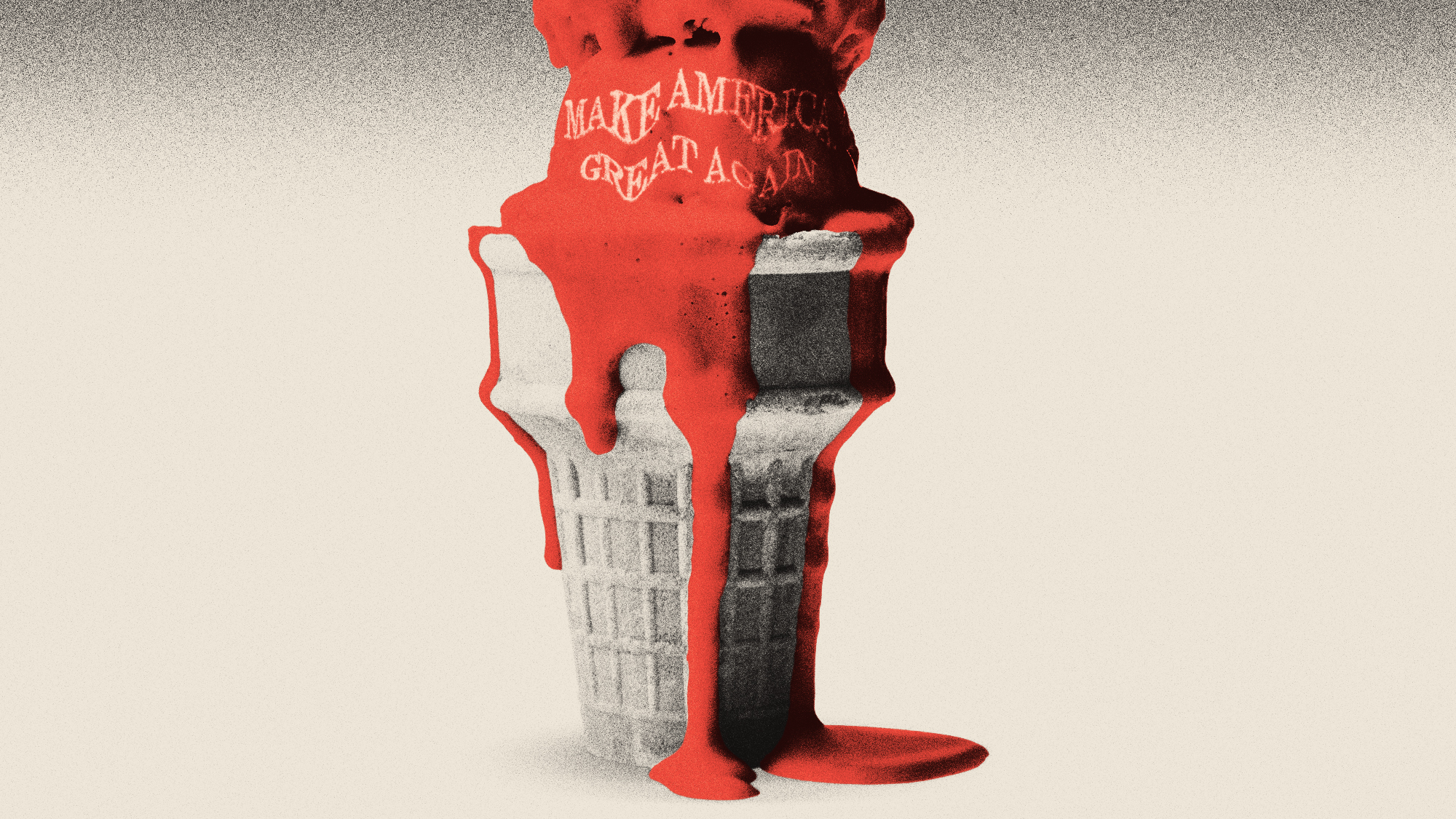 Is MAGA melting down?
Is MAGA melting down?Today's Big Question Candace Owens, Tucker Carlson, Laura Loomer and more are feuding
-
 The pros and cons of noncompete agreements
The pros and cons of noncompete agreementsThe Explainer The FTC wants to ban companies from binding their employees with noncompete agreements. Who would this benefit, and who would it hurt?
-
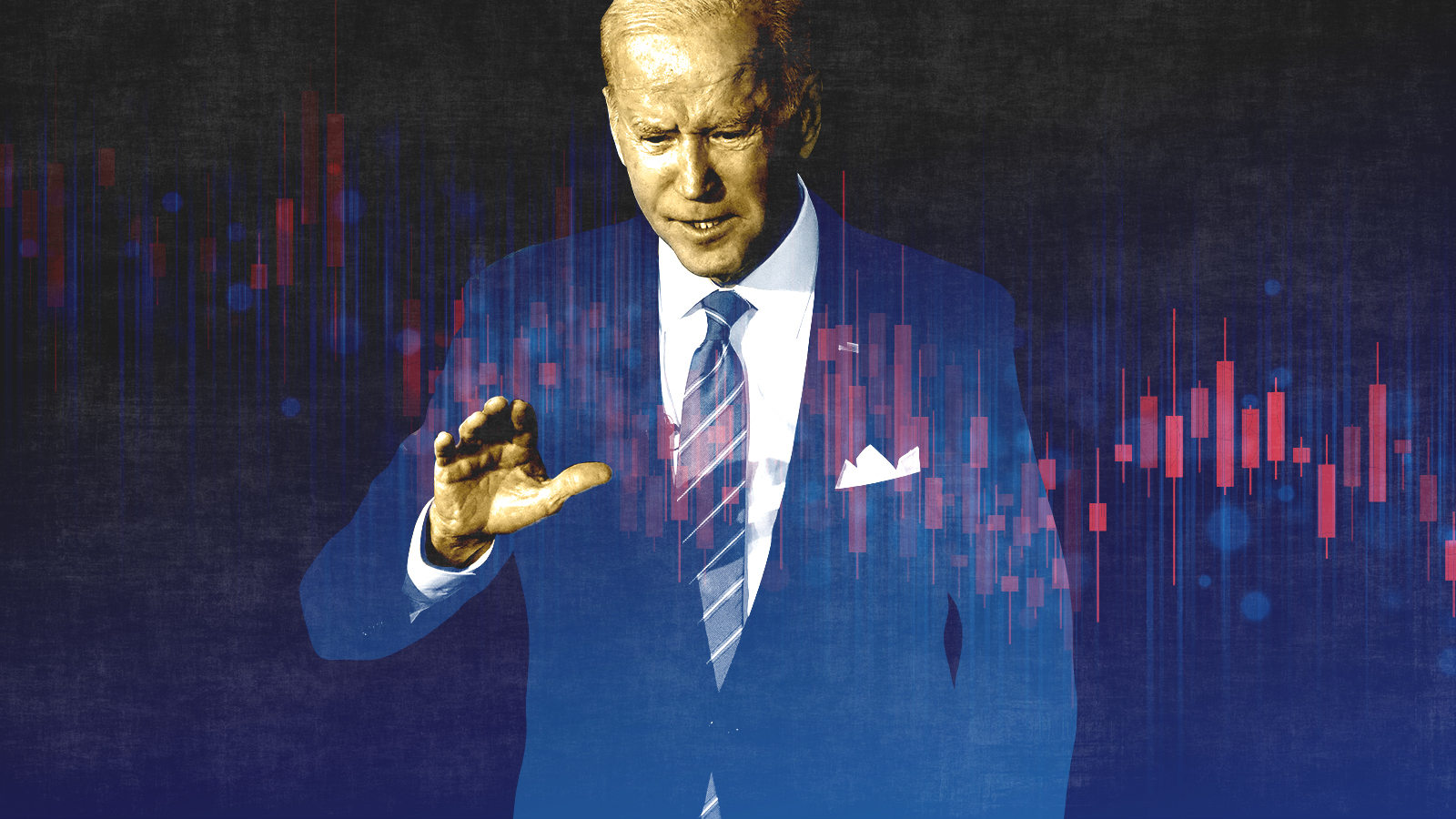 What experts are saying about the economy's surprise contraction
What experts are saying about the economy's surprise contractionThe Explainer The sharpest opinions on the debate from around the web
-
 The death of cities was greatly exaggerated
The death of cities was greatly exaggeratedThe Explainer Why the pandemic predictions about urban flight were wrong
-
 The housing crisis is here
The housing crisis is hereThe Explainer As the pandemic takes its toll, renters face eviction even as buyers are bidding higher
-
 How to be an ally to marginalized coworkers
How to be an ally to marginalized coworkersThe Explainer Show up for your colleagues by showing that you see them and their struggles
-
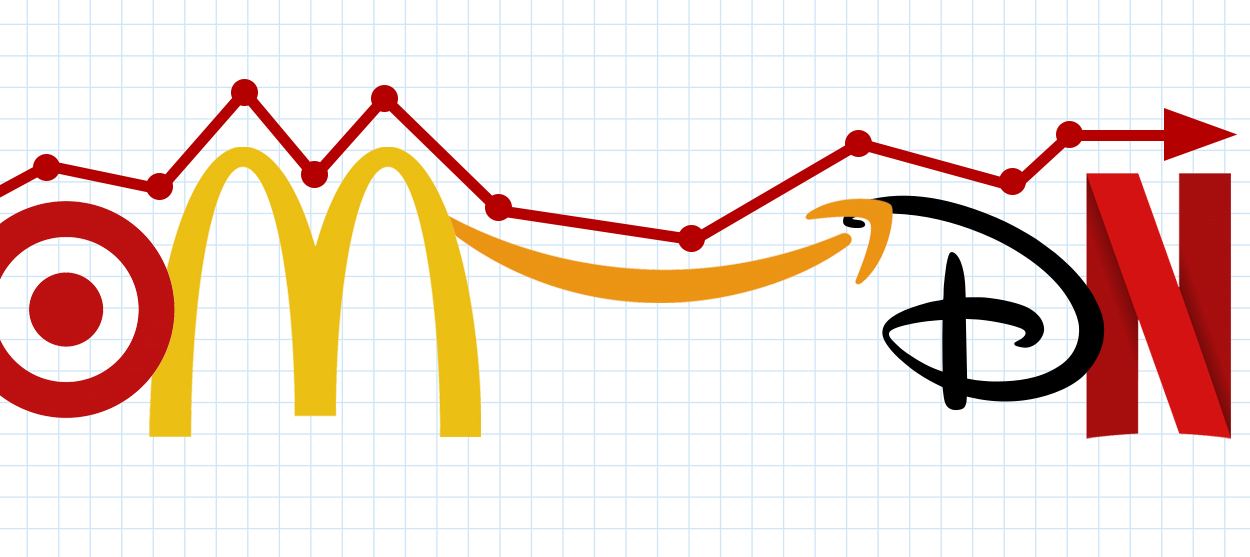 What the stock market knows
What the stock market knowsThe Explainer Publicly traded companies are going to wallop small businesses
-
 Can the government save small businesses?
Can the government save small businesses?The Explainer Many are fighting for a fair share of the coronavirus rescue package
-
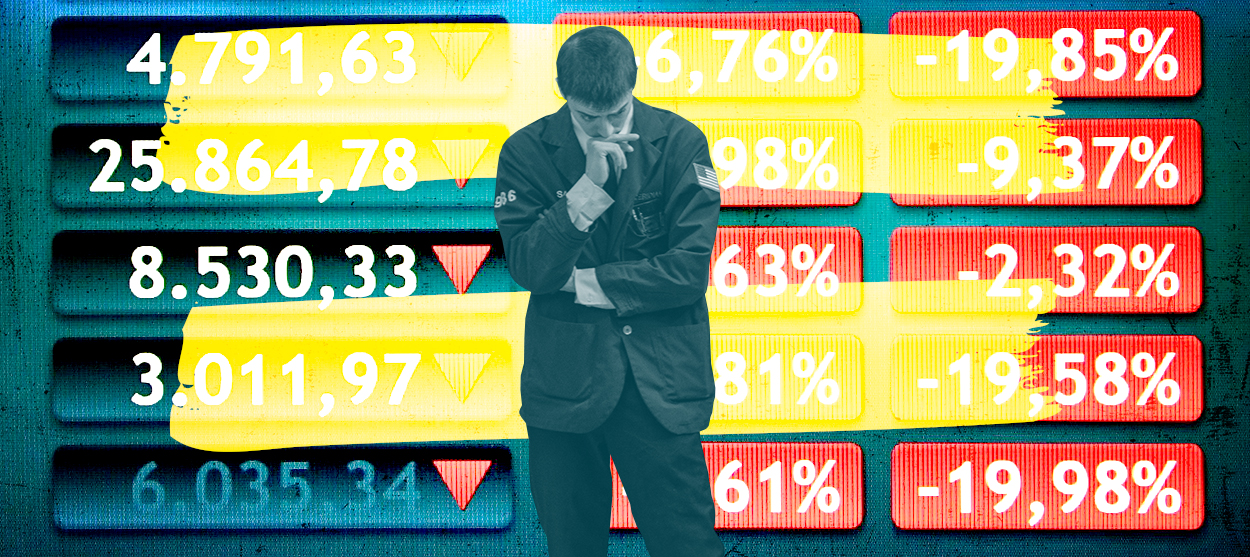 How the oil crash could turn into a much bigger economic shock
How the oil crash could turn into a much bigger economic shockThe Explainer This could be a huge problem for the entire economy
